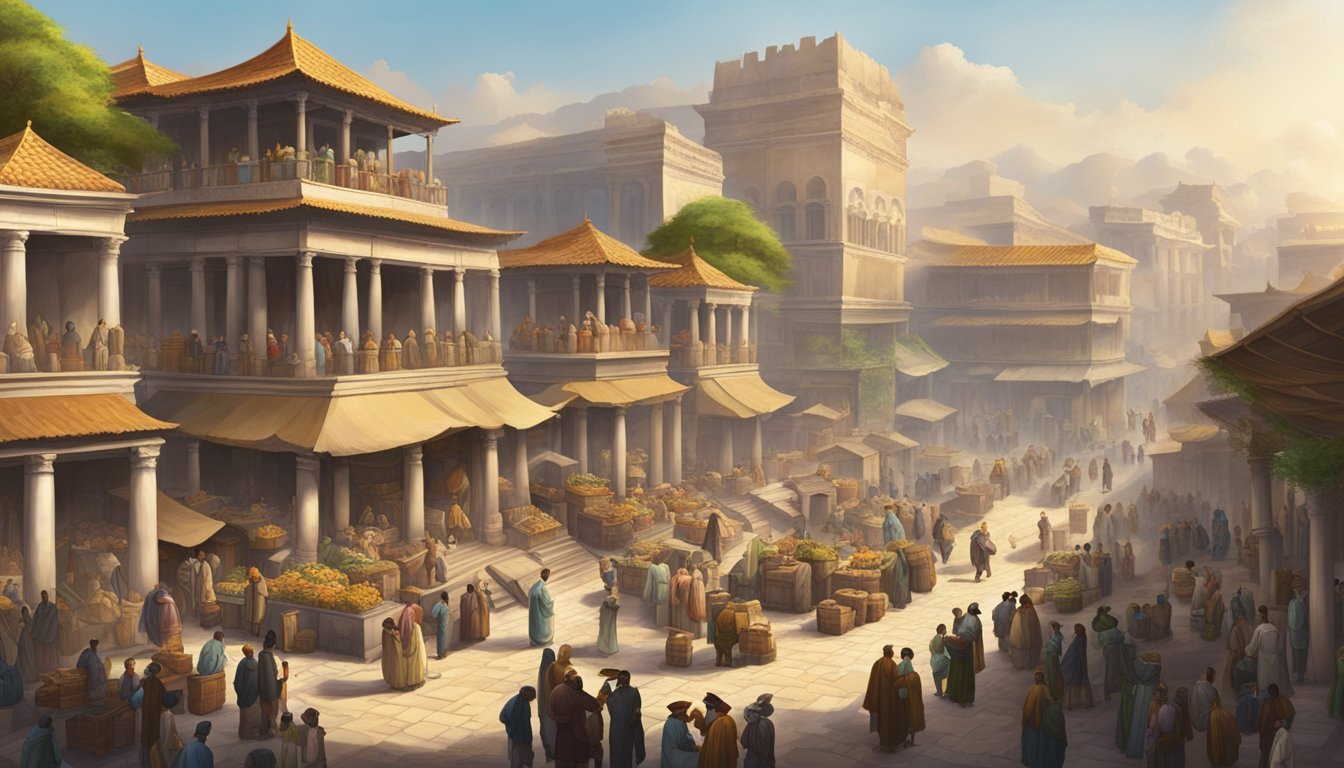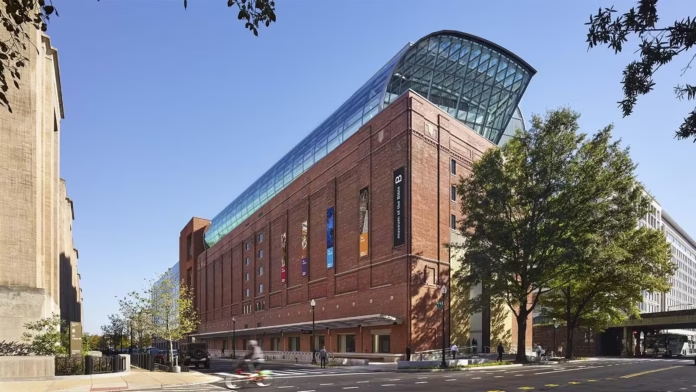The Museum of the Bible, located in the heart of Washington, D.C., offers an extraordinary glimpse into the rich history of one of the world’s most influential books. The museum’s vast collection includes over 40,000 artifacts, each telling a unique story of the Bible’s impact on culture, history, and spirituality. However, one of the most compelling features of the Museum of the Bible is its collection of photos. These museum of the Bible photos capture the essence of its exhibits, showcasing everything from ancient scrolls to rare Bibles, and giving visitors a visual insight into the transformative power of the Bible.
Photos play an indispensable role in enhancing the experience of museum visitors, as they not only help preserve history but also allow those unable to visit the museum in person to explore its collections. Whether displayed digitally, in galleries, or in printed form, these photos allow the Bible’s long and complex history to be shared with audiences worldwide. This article explores the significance of the museum of the Bible photos, their role in enhancing the museum’s exhibits, and how they compare with the photography used by other major museums such as the Louvre and the Smithsonian.
Discovering the Museum of the Bible: A Visual Feast
The Museum of the Bible is more than just a place to observe historical artifacts—it’s an immersive experience that brings biblical history to life. Visitors can explore the Bible’s impact on the world through exhibitions featuring ancient manuscripts, historical texts, and rare biblical artifacts. The museum’s design incorporates cutting-edge technology and interactive displays to provide an engaging experience that connects people to the Bible’s legacy.
The museum of the Bible photos provide a visual journey through these exhibits, allowing visitors to appreciate the intricate details and craftsmanship of items that span thousands of years of history. From ancient scrolls to early printed Bibles, these photos not only preserve the objects’ history but also tell the broader story of religious thought and the Bible’s enduring influence. By offering a glimpse into the artifacts that shaped the Bible’s history, the photos create a deeper connection between the visitor and the museum’s collection.
Iconic Images: Highlights of the Museum’s Collection
One of the standout features of the Museum of the Bible’s photographic collection is its showcase of rare and iconic items. Museum of the Bible photos capture these artifacts in high-resolution detail, allowing visitors to appreciate their historical significance and artistry. Notably, the Dead Sea Scrolls, which contain some of the oldest surviving biblical texts, are among the most iconic objects displayed at the museum. Photographs of these scrolls provide an intimate look at the delicate nature of the manuscripts and the painstaking efforts required to preserve them.
The museum is also home to a wide variety of historical Bibles, from medieval manuscripts to the first printed editions. Museum of the Bible photos of these ancient Bibles allow visitors to see the intricate calligraphy and delicate illustrations that have been preserved for centuries. These images not only highlight the beauty of the Bible as a work of art but also serve as a testament to the resilience of the texts over time. Through these iconic photos, the museum invites audiences to witness the ongoing journey of the Bible through history.
Behind the Lens: The Art of Capturing Biblical History

Capturing the essence of such rare and fragile artifacts is no easy task. Photographing ancient objects like scrolls, manuscripts, and Bibles requires specialized techniques and a deep understanding of their historical significance. The museum of the Bible photos are taken by skilled photographers who use advanced equipment and methods to ensure that each image accurately represents the artifact while preserving its integrity.
The technical challenges involved in photographing such items are significant. For example, lighting must be carefully controlled to avoid damaging the artifacts while ensuring that every intricate detail is captured. Similarly, the angles used in photography can influence how viewers perceive the object’s historical and cultural context. The photographers at the Museum of the Bible work tirelessly to ensure that every photo is a true reflection of the artifact’s historical importance, allowing visitors to experience these objects in their most authentic form. These museum of the Bible photos are not simply artistic depictions; they are essential to preserving and sharing the stories embedded in each artifact.
Comparing Museum of the Bible Photos to Other Famous Museums
When comparing the museum of the Bible photos to those from other prominent institutions such as the Louvre, the Smithsonian Museum, and the Metropolitan Museum of Art, we see distinct differences in the focus and style of photography. Museums like the Louvre and the Met often emphasize fine art and sculptures, while the Museum of the Bible’s photographic collection is centered around religious artifacts and ancient manuscripts.
The photos at the Museum of the Bible are unique because they offer a visual journey into the sacred and historical, whereas other museums may focus more on the aesthetic qualities of their exhibits. For instance, while the Louvre’s photography captures the grandeur of classical art, the Museum of the Bible’s images tell a story that is deeply connected to faith, culture, and history. The museum’s approach to photography, combined with its extensive collection of biblical artifacts, creates a distinct visual narrative that sets it apart from other major museums around the world.
Immersive Experiences: Using Photos to Enhance Museum Visits
One of the most powerful ways that museum of the Bible photos enhance the visitor experience is through immersive exhibits. The museum uses large-scale photographs to create environments that transport visitors back in time, allowing them to experience the Bible’s stories in a tangible way. For example, life-sized photographs of biblical scenes help recreate the environments in which key events, such as the Exodus or the birth of Christ, are said to have taken place. These visuals provide context and deepen the visitor’s connection to the history being presented.
Moreover, the museum’s digital and interactive displays bring these museum of the Bible photos to life, allowing visitors to interact with them in meaningful ways. Through augmented reality and virtual tours, museum-goers can explore high-resolution images of artifacts from anywhere in the world. This accessibility helps broaden the museum’s reach and offers a dynamic way for audiences to engage with biblical history. The use of photos in these immersive experiences allows the Museum of the Bible to bridge the gap between the past and the present, offering a rich educational experience for people of all ages.
Conclusion
The Museum of the Bible is a treasure trove of historical artifacts, and its photos are an essential part of telling the story of the Bible’s impact on history and culture. Whether captured in high-resolution images of ancient manuscripts or large-scale photographs that recreate biblical scenes, these museum of the Bible photos serve as both educational tools and works of art. They allow visitors to experience the Bible’s rich history and deepen their connection to one of the most influential texts in human history.
FAQs
- What is the Museum of the Bible and where is it located?
- How can I view photos of the Museum of the Bible’s collection online?
- What types of artifacts are showcased in the Museum of the Bible’s photos?
- How do photos from the Museum of the Bible compare to those at other major museums like the Louvre or Metropolitan Museum of Art?
- Can I visit the Museum of the Bible at night for special exhibits?
- What are some of the most famous photos from the Museum of the Bible?
- Are there any photo galleries or collections specifically for children at the Museum of the Bible?
- How does the Museum of the Bible incorporate modern photography in its exhibitions?
- What other museums have similar collections to the Museum of the Bible?
- How do photos enhance the storytelling at museums like the Museum of Science and Industry and the Titanic Museum?
You may also read: Exploring the Beaches of Sea Isle City



